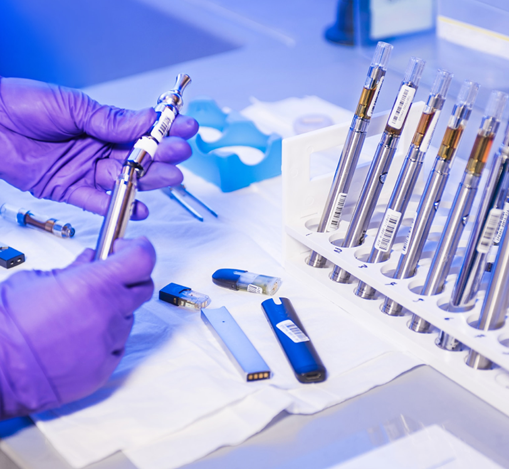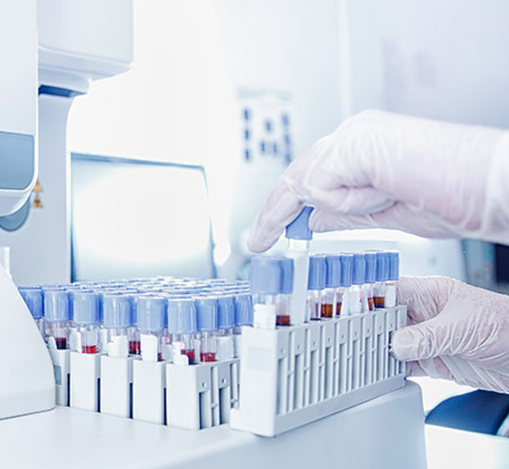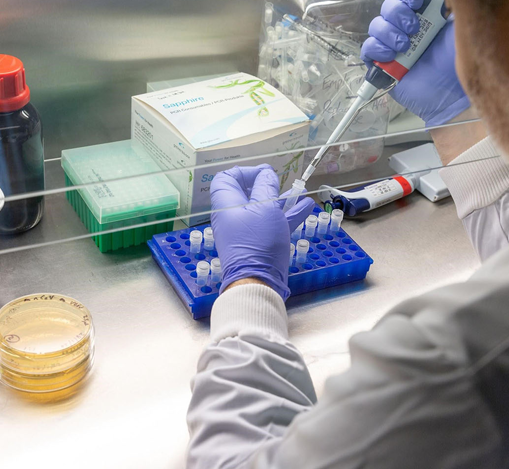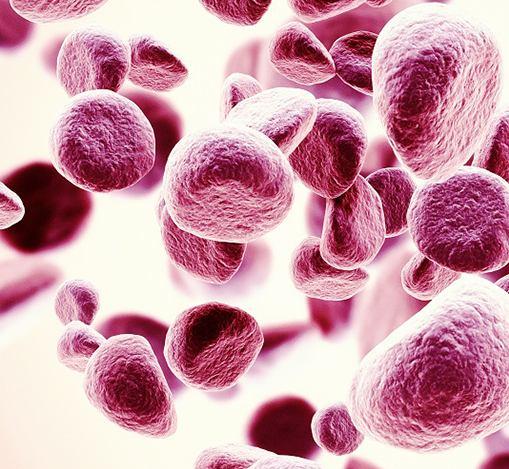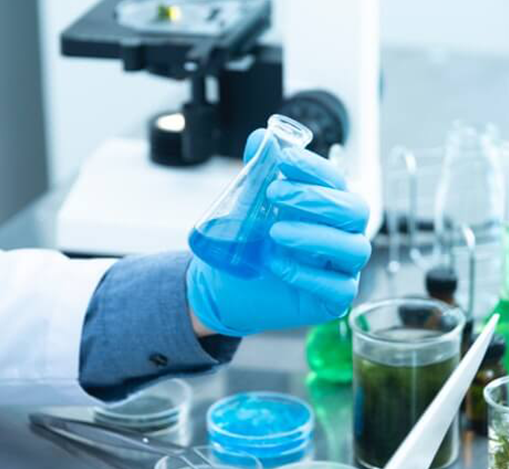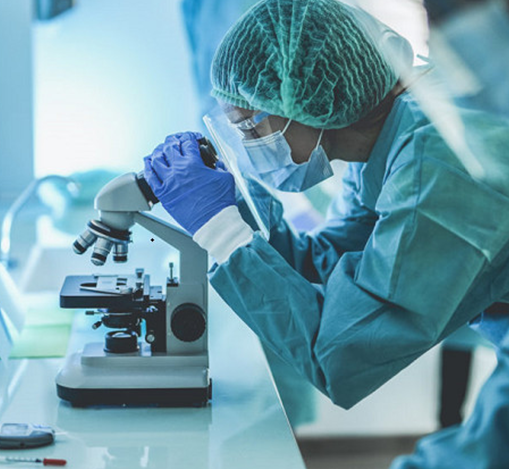The Rise of Biospecimen Banks
- 21-02-2023
- 11:18:52
What is the role of Biospecimen Bank in advancing medical research?
Researchers may have access to data that represents a huge number of people through biobanks or biospecimen bank. Multiple researchers frequently use biobank samples and the data generated from them for interdisciplinary research projects. For instance, single-nucleotide polymorphisms have been linked to a number of disorders. These genetic connections may serve as possible disease biomarkers, according to genome-wide association studies that use data from tens of thousands or hundreds of thousands of people. Before the creation of biobanks, or, biospecimen banks, many researchers had trouble obtaining enough samples.
What does a typical biobank look like?
An example of a biobank is a biorepository, which keeps biological samples, typically human ones, for use in research. The use of biobanks in medical research has grown significantly, enabling numerous contemporary research fields like genomics and personalised medicine.
A structured collection of human biospecimen samples and related data that is kept for one or more research purposes is one definition. Biobanks can also refer to collections of nonhuman materials including microbes, plants, and animals, however in other contexts, the term is only used to refer to human specimens. Cryogenic storage facilities are typically included in biobanks for the samples.
Institutions including hospitals, universities, charitable groups, and pharmaceutical businesses maintain them. They might be as small as individual freezers or as large as warehouses.
How can Biobanks be categorized?
By intent or construction, biobanks can be categorised. In order to gather samples representing a variety of conditions and maybe search for disease-related biomarkers, disease-oriented biobanks typically have a hospital affiliation. Population-based biobanks don’t need to be affiliated with any specific hospitals because they collect samples from a wide range of individuals, possibly to hunt for biomarkers for illness susceptibility in a broad population.
The biobanks do play a significant role in the field of medical research, and there are several factors that are contributing to its growth. The biobanks must follow the regulations and invest in improving the infrastructure in order to provide the best service.






